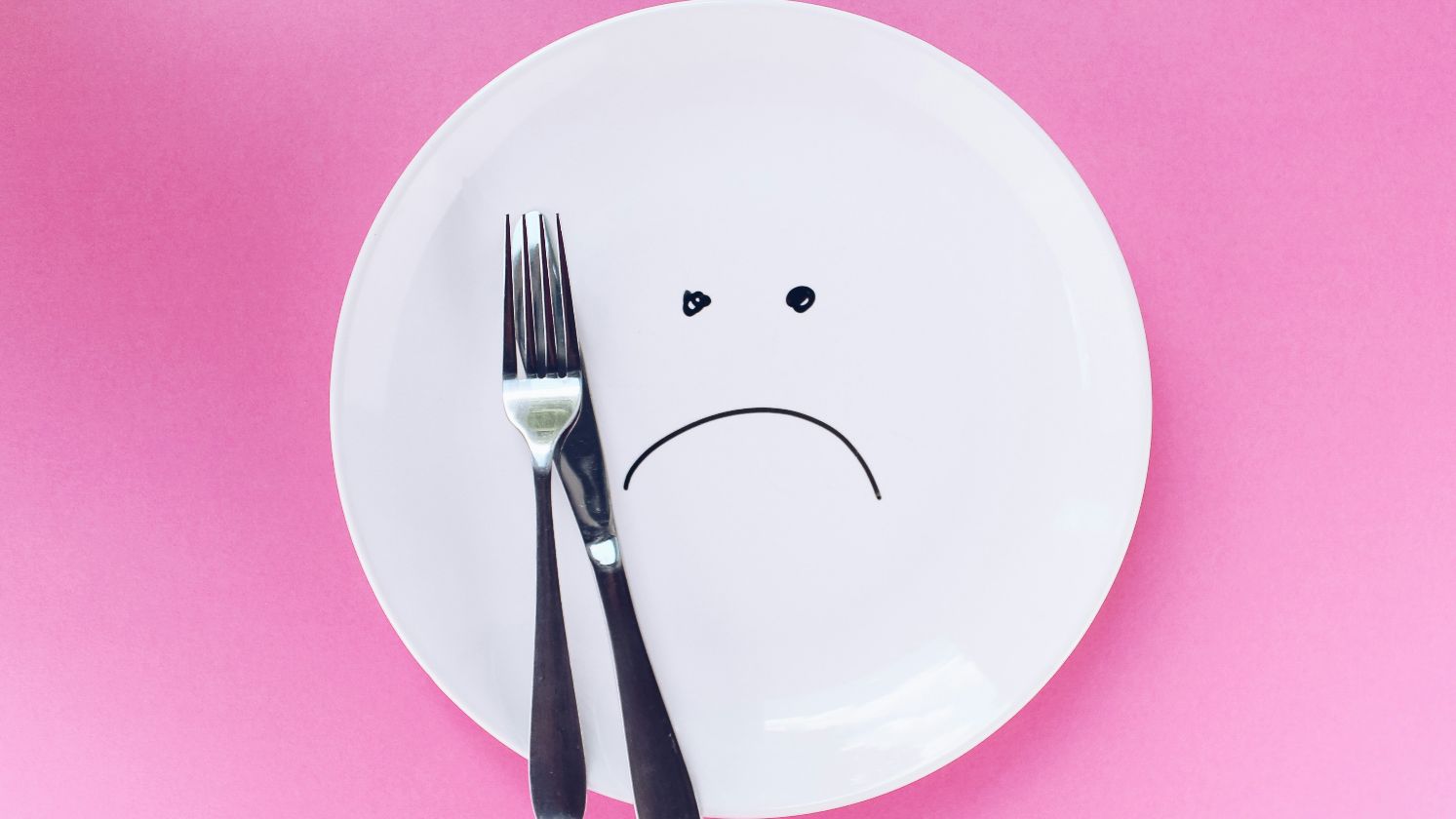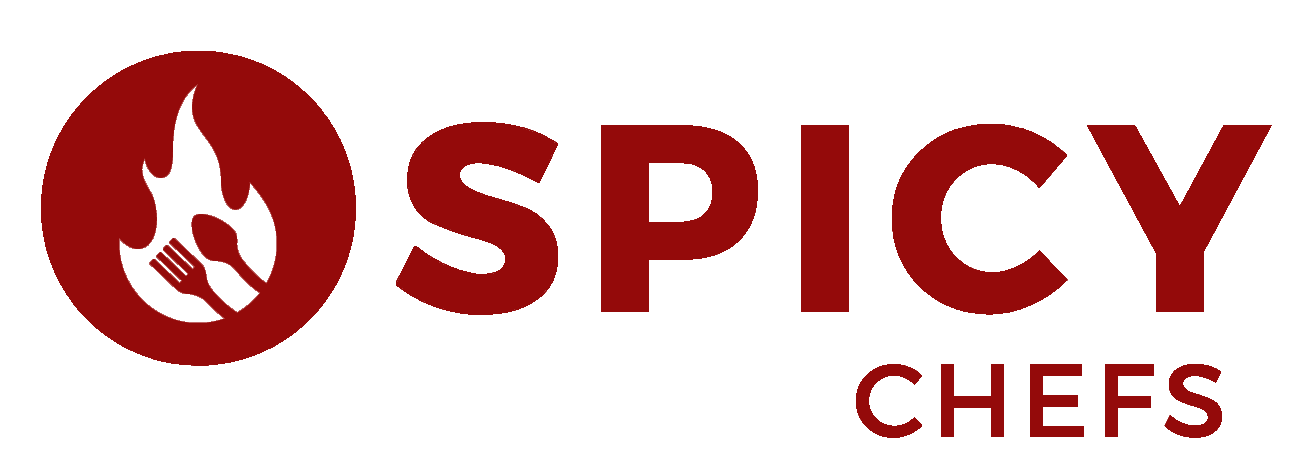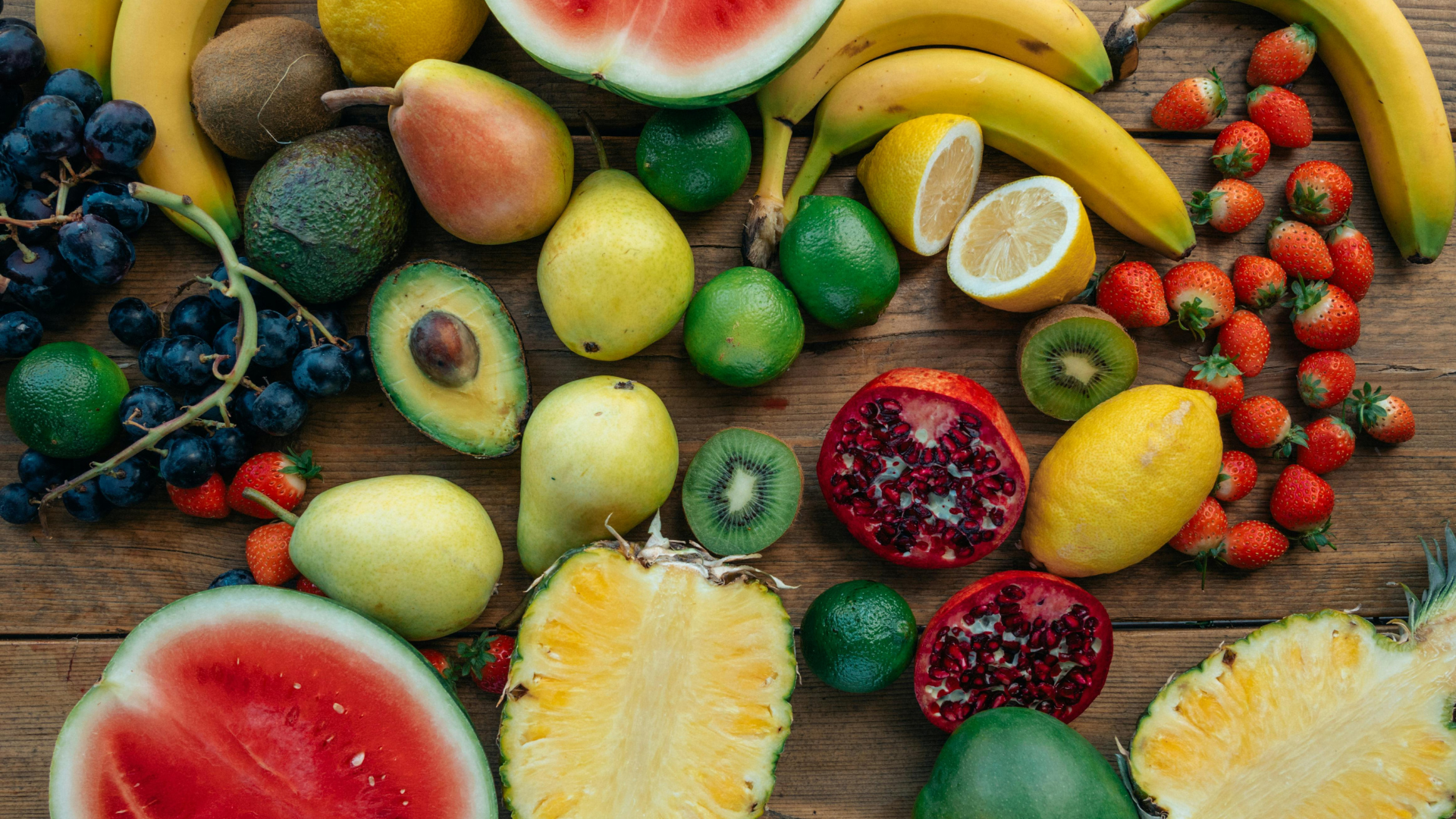Don't Fall for These Common Food Labels
With the barrage of brightly colored health claims plastered on almost every item at the grocery store, you shouldn't let yourself be swayed—in fact, you should be wary. After all, just how much truth is there to these labels, and should you really take them at face value? From "low-fat" to "non-GMO," here are 20 misleading food claims you should stop falling for.
1. Cholesterol Free
"Cholesterol-free" can either mean the product is completely free of cholesterol or contains an insignificant amount of it; the US Food and Drug Administration (FDA) allows any item with less than 2 mg of cholesterol to be labeled as such. However, it's important to note that some foods don't have any cholesterol to begin with, and could still be loaded with other unhealthy ingredients.
2. Low Fat
A "low-fat" label means there's less than 3 g of fat per serving. Again, though, understanding what the product is made of is crucial. Most of the time, other additives are added to make up for the loss of fat so that taste and texture aren't compromised.
3. Sugar Free
If you're rifling through the candy aisle and come across "sugar-free" treats, be wary: they're either loaded with artificial sweeteners (which can cause adverse side effects as well), or contain higher levels of fat to ensure flavor and consistency aren't lost. If you instead see "low-fat" candy, however, that usually means it contains pure sugar.
4. No Calories
Unless it's a bottle of water, be cautious about products labeled "low calories" or "no calories." This often means it's loaded with artificial sweeteners, preservatives, and other hard-to-pronounce additives, meaning you should stay far, far away from it.
5. Made with Real Fruit
If something were made with real fruit juice, it likely shouldn't need to advertise that so blatantly. Ironically, seeing this label should give you pause. Take a peek at the ingredient list to confirm your suspicions before you add it into your cart, because it could very well only contain a minuscule amount of fruit juice and a whole lot of artificial flavors.
6. All Natural
While you may assume this label means the product—or what it's made of—is naturally derived, don't be too trusting just yet. After all, a glance at the ingredient list could tell you a very different story; you might just find some suspicious words on there.
7. Superfruit
Just because you see "superfruit" on posters and labels, it's mostly a marketing tactic. The term itself isn't rooted in science, and many fruits are packed with enough vitamins and minerals to be considered nutritious. Instead of following advertised claims, just pick the fruits you like.
8. Zero Trans Fat
Even if a product claims it contains zero trans fat, it might still contain a small amount of it; the FDA allows anything with 0.5 g or less of trans fat per serving to be rounded down to zero. If you see any ingredients with the word "hydrogenated" on the list, leave the item on the shelf.
 U.S. Food and Drug Administration on Wikimedia
U.S. Food and Drug Administration on Wikimedia
9. Gluten Free
Those who deliberately look for this label might be pleased to see it advertised on certain products, but the truth is, it's sometimes tacked on to items that don't contain any gluten in the first place. Your best bet, again, is to have a thorough scan through the ingredient list.
10. Multigrain
You might see this term and immediately think a product is healthy, but in reality, "multigrain" just means different kinds of grains were used. Most often than not, these grains are refined, meaning they've been stripped of their nutrients and fiber.
11. Made with Whole Grains
But you shouldn't blindly trust foods with labels stating "made with whole grains," either. While the claim might be technically true, the product could've been made with mostly refined grains with just a small amount of whole grains mixed in. What you should look for instead are products with "100% whole grain."
12. Organic
You might assume that foods labeled "organic" are much healthier than their non-organic neighbors, but this isn't always the case. While some products have stricter regulations to be advertised as such (only using selected pesticides and fertilizers, for example), you should still examine the ingredient list before making a purchase.
13. Non GMO
Like "no cholesterol" or "gluten-free" labels, saying a product is "non-GMO (genetically modified organism)" is misleading; sometimes, the item doesn't contain GMOs in the first place, which makes putting this claim on it redundant. Plus, it doesn't exactly make it healthy—the product could still be high in sugar or fat.
14. Light
"Light" could mean a lot of things, from low-calorie to low-sugar. While it might technically be "healthier" than the regular version, you should still watch out for other not-so-great ingredients that have been sneakily added in.
 Johannes Kalliauer on Wikimedia
Johannes Kalliauer on Wikimedia
15. Low Carb
The label "low-carb" isn't defined by the FDA, meaning there are no specific guidelines for a product to be claimed as such. If you're swayed, make sure to peek at other important nutrition facts—like sugar, calories, and fat—before buying in.
16. Vegetarian-Fed Eggs
You might think chickens being fed a vegetarian diet makes their hatch healthier, but they're natural omnivores, not herbivores. Putting them on a plant-based feed means they miss out on important nutrients, meaning they're more likely to get sick.
17. Heart Healthy
"Heart-healthy" is a claim you might see on boxes of oatmeal and cereal, but don't be immediately convinced. As always, take a look at the ingredient list and nutrition facts first. More often than not, you'll see artificial colors, flavors, sugar, and other additives itemized first, which goes to show you just how "healthy" it really is.
 Abdul Raheem Kannath on Unsplash
Abdul Raheem Kannath on Unsplash
18. High Fiber
Foods can be high in fiber and other not-so-great things, like sugar, calories, and fat. Consider first what product you're buying and whether this label holds any weight. If you're buying sugary cereal, a serving size might contain ample fiber, but enough sugar to cause cavities.
19. High Protein
Just like "high fiber," you also want to be wary of foods labeled as being high in protein. Does it contain any added sugar, preservatives, or artificial flavors? Even if a protein bar or tub of yogurt is packed with this important macronutrient, it could still be mixed with other unhealthy ingredients.
20. Low Sodium
While you should want to look for foods that are lower in sodium, packaged goods with this claim don't always equate to "healthy." To ensure it still tastes great, other preservatives, flavor enhancers, sugar, and fat are added, meaning foods with this label come at a steep cost.
KEEP ON READING

10 Worst Breakfast Chains in the US & the 10 Best

20 Potassium-Rich Foods to Fuel Your Body























